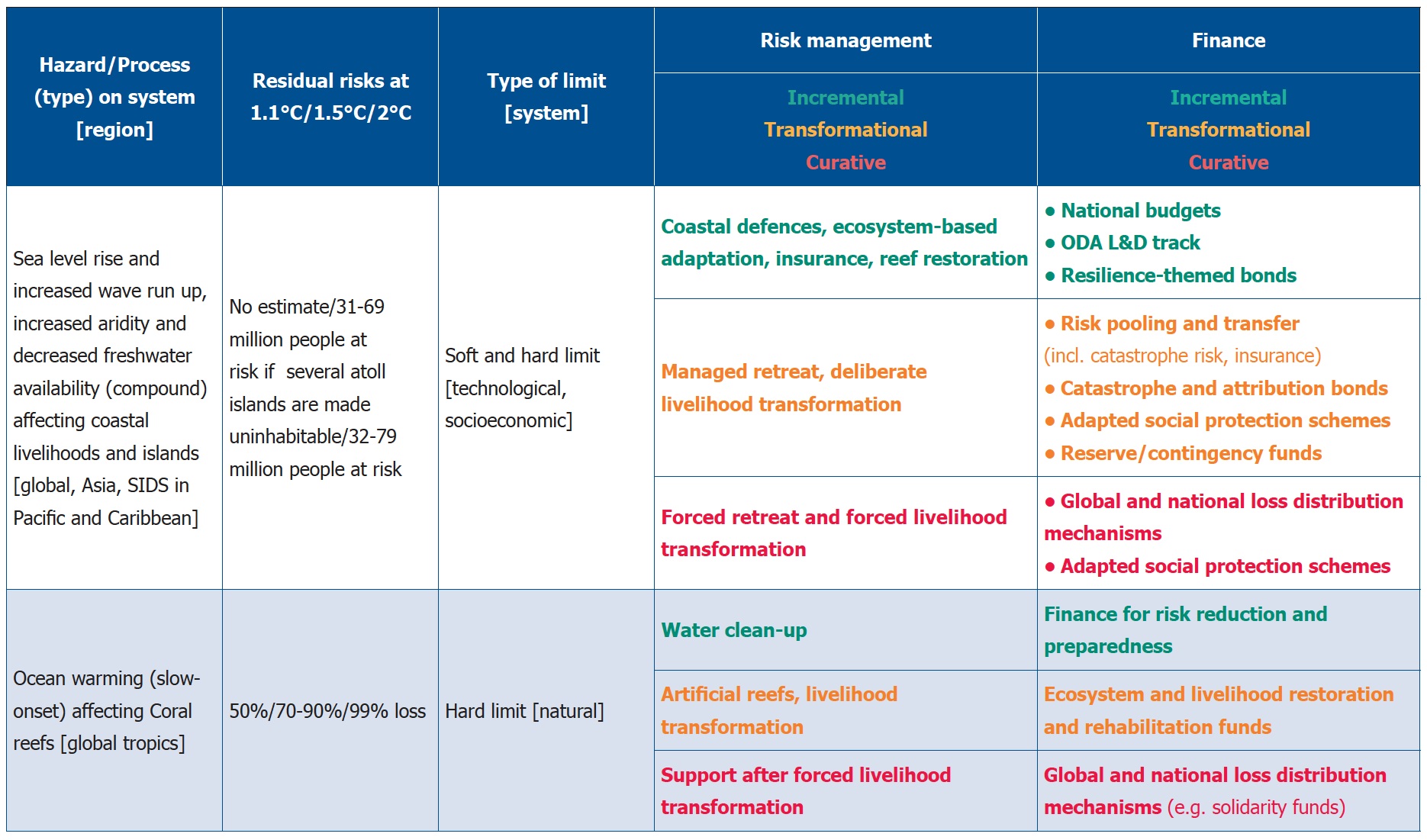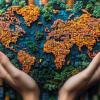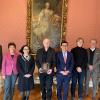
As the impacts of climate change become more severe and limits to adaptation draw near, vulnerable communities will need different kinds of finance to build resilience and transform how they protect themselves. Work by IIASA researchers has culminated in a new policy brief, which lays out a finance framework for such climate risk and provides relevant model insight to inform international debates around adaptation and Loss and Damage.
As sea levels rise, flooding proliferates, heat becomes existential, and reefs succumb to heat and acidity, communities will be forced to transform how they address climate-related risk – some to the point of abandoning their homes. Predominantly, the impact will fall on less wealthy and vulnerable nations unable to afford an effective response on their own; but wherever disaster strikes the impact will be increasingly substantial – especially where limits to adaptation draw near (see figure 1).
 © Mechler and Deubelli, 2021 and Deubelli and Venkateswaran, 2021
© Mechler and Deubelli, 2021 and Deubelli and Venkateswaran, 2021
Figure 1. Existential climate-related risks and limits to adaptation, based on Mechler and Deubelli, 2021 and Deubelli and Venkateswaran, 2021
This means we have to reconsider the way we address climate-related risk, and industrialized nations ̶ who have been the key drivers of climate change for decades ̶ have a moral obligation to support the needed transformations towards resilience and to help when disaster strikes. While steps have been taken to foster dialogue in this regard, further action will be needed, especially around how such actions will be financed. In addition, the ambiguous language of the current discourse refers to “averting, minimizing, and addressing” losses and damages, even though averting and minimizing are also covered by mitigation, climate change adaptation, and risk management, leaving the need to address losses and damages where it cannot be prevented still to be addressed.
IIASA researchers have brought together ideas from various disciplines to suggest a comprehensive framework for Loss and Damage finance that embraces all three pillars of the Loss and Damage discourse, which has now been set out in publications and a new policy brief for the Glasgow climate summit (COP26).
The researchers built on risk analysis to distinguish between avoided, unavoided, and unavoidable risks to be managed as part of a portfolio approach. They related this to the various layers of risk resulting in a risk hierarchy for risk layering.
 © IIASA
© IIASA
Figure 2: Risk layering architecture for managing climate risks (DRR: Disaster Risk Reduction; CCA: Climate Change Adaptation)
In this context, finance for risk management means direct funding to pay for adaptation, risk management, and resilience-building – turning unavoided into avoided risks. In this regard, more risk prevention and preparedness is needed. National budgets and development funding could be boosted by more innovative financing mechanisms such as climate resilience bonds. Where incremental adaptation is becoming inadequate, extra funding and engagement for more radical, transformational adaptation is key. This may mean helping people to find new livelihoods, for instance, switching from agriculture to service industries where agriculture has become infeasible; or supporting managed retreat away from the highest risk areas – transformational initiatives that currently do not yet see sufficient support under the Loss and Damage dialogue.
Risk finance means private and public insurance in a broad sense, for example, through regional risk pooling to pay for rapid reconstruction and recovery, such as where a storm has overwhelmed flood defenses. Traditionally, risk finance has been at the core of the debate on finance for Loss and Damage – yet it is merely a band-aid for when averting and minimizing loss and damage has been futile.
Lastly, curative finance is a last resort for residual risks to cover the costs of forced retreat and loss of livelihoods. Where risks manifest at the hard limits of adaptation, even funding transformational adaptation cannot make a place livable again and thus new funding sources and mechanisms are needed, such as national and international loss distribution and compensation schemes.
According to the researchers, such schemes should ideally be global in scale, but in the absence of global mechanisms to supply enough funds and meet the ethical obligations incurred by richer nations, official development assistance support for national loss distribution and compensation schemes offers a useful workaround.
“As shown by the Intergovernmental Panel on Climate Change (IPCC), some systems and countries are already hitting or approaching limits to adaptation,” notes Systemic Risk and Resilience Research Group Leader Reinhard Mechler. “For example, by 2050 there is a high chance that tropical coral reefs will be gone, stranding communities that once relied on them for coastal protection, ecosystem services, and tourism ̶ even if warming is limited to 1.5°C.”
 © IIASA
© IIASA
Table: Policy framework applied to limit-prone systems
IIASA has developed tools to model the different risk layers building on its CatSim model. Particularly, who provides curative finance for the high-risk retention layer ‘beyond adaption’ is a controversial question – but it has become urgent and is a matter of collective global concern. Figure 3 shows the funding gap globally for multiple risks to support identifying countries and regions that are in need of international support.
 © Hochrainer-Stigler, 2021
© Hochrainer-Stigler, 2021
Figure 3: Assessing the risk retention layer with CatSim.
The risk layering approach provides a science-based and actionable framework to a global approach to absorbing increasingly existential risk and creating ownership of risk layers ‘beyond adaptation.’ Further work is needed to understand adaptation limits, capacity and risk at scale and see about opportunities in the international climate policy space at COP26 and beyond.
The policy brief on the new framework can be accessed here.
Relevant publications
Deubelli, T.M. & Mechler, R. (2021). Perspectives on transformational change in climate risk management and adaptation. Environmental Research Letters 16, e053002 [pure.iiasa.ac.at/17003]
Deubelli, T.M. & Venkateswaran, K. (2021). Transforming resilience-building today for sustainable futures tomorrow. IIASA Working Paper. Laxenburg, Austria: WP-21-005 [pure.iiasa.ac.at/17398]
Hochrainer-Stigler, S. (2021). Changes in fiscal risk against natural disasters due to Covid-19. Progress in Disaster Science, e100176 [pure.iiasa.ac.at/17198]
Mechler, R. & Deubelli, T.M. (2021). Finance for Loss and Damage: a comprehensive risk analytical approach. Current Opinion in Environmental Sustainability 50, 185-196 [pure.iiasa.ac.at/17239]
News

06 March 2025
IIASA’s CAT Research Group joined the UN ECOSOC Partnership Forum 2025’s event: Global Challenges Action Innovation, Emerging Technologies & the Power of Partnerships

21 February 2025
Vietnamese Ambassador and IIASA discuss strengthening research collaboration

10 February 2025

